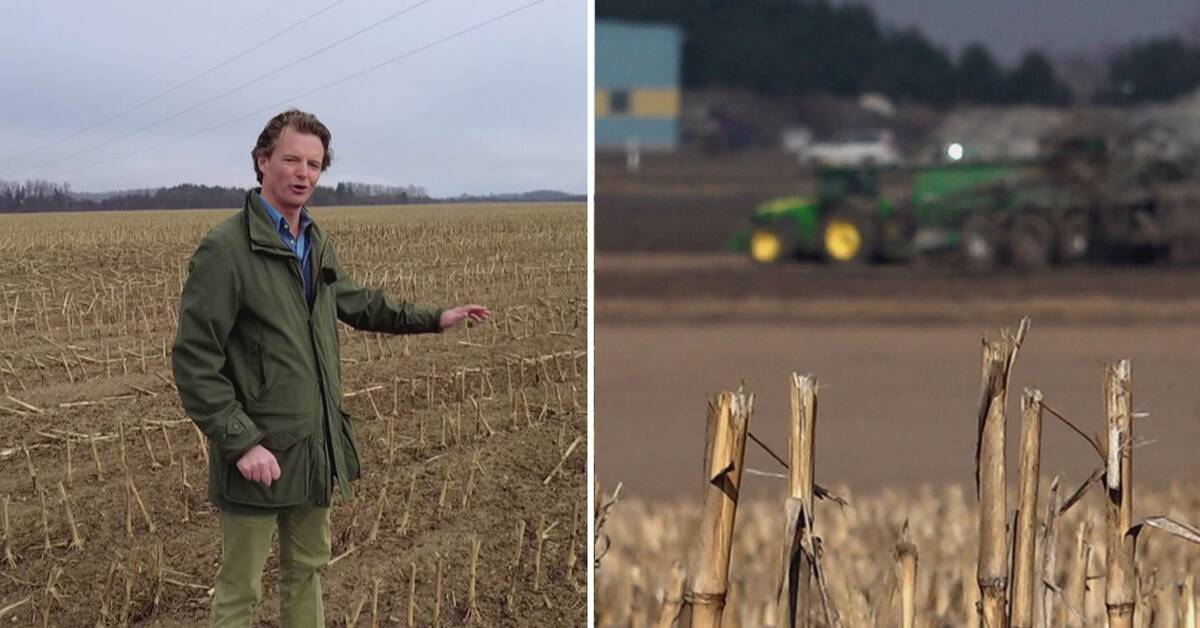The issue of using agricultural land for solar cells is controversial. But economically, it is often good for the landowner. In Laholm, Lantmännen has just completed a small solar cell park next to an electricity-intensive feed factory.
– We will pay 35 öre per kilowatt hour for the electricity and it feels good to contribute with our own electricity production, says Jörgen Larsson, CEO of Vallberga lantmän in Laholm.
The factory and solar cells are owned by 900 farmers in the area. Jörgen Larsson does not hide the fact that it is often much more profitable to lease the land for solar cells than to use it.
"Solar cells can give double, or even triple, depending on what you had grown on the ground," says Jörgen Larsson.
At the same time, he is reluctant to let developers take large amounts of arable land to build gigantic solar parks.
"But of course there are many farmers and landowners who are interested," says Jörgen Larsson.
"Twice as profitable"
A bit north is the Sperlingsholm estate. The owner Carl Kuylenstierna has applied to build solar cells on several large areas of arable land, where maize was previously grown.
"It's twice as profitable and we need more electricity production in southern Sweden," he told SVT Halland.
In Skåne, the Danish company European Energy has bought Svedberga farm to build 230 hectares of solar parks. Project manager Peter Braun believes that solar cells can actually benefit agriculture.
"Those who lease land for solar parks can get paid more. This allows farmers to get a fixed income from part of the land and have a more secure economy. Then it will be easier to survive in years with bad weather and poorer harvests," he says.

